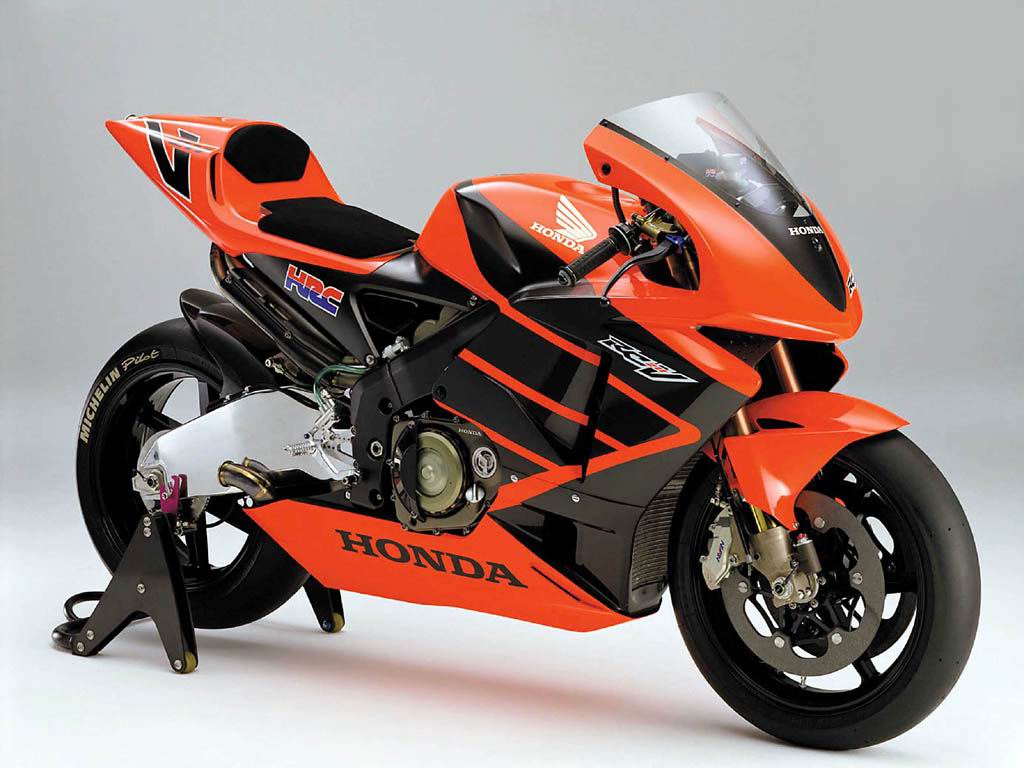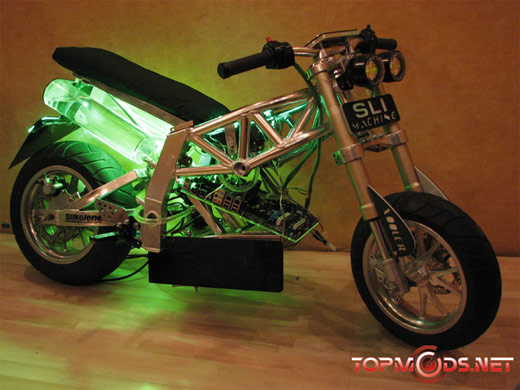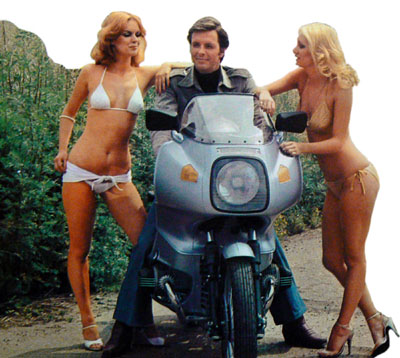 Perhaps every racing motorcycle has a unique story to tell, but this '39 DKW SS350 production racer has a very interesting tale. When found in Sweden a few years ago, it had previously only had two owners, and was originally a Polish racing machine. 'Why Poland, and how could it have been exported there after the war began?'
Perhaps every racing motorcycle has a unique story to tell, but this '39 DKW SS350 production racer has a very interesting tale. When found in Sweden a few years ago, it had previously only had two owners, and was originally a Polish racing machine. 'Why Poland, and how could it have been exported there after the war began?'The story I heard; a Polish horticulturist (also an amateur racer) had perfected a variety of black roses which were unique. German officers were quite keen customers for his blooms, as they were especially
 appreciated by their Parisian girlfriends... one well-connected officer asked the Polish fellow how he could reward him for his special efforts on their behalf (the girls must have really liked those flowers!) - he wanted a racing DKW. So, this motorcycle was invoiced to him 'without a petrol tank', but the tank with the bike is from a Works racer, and must have come along with the deal as a special favor.
appreciated by their Parisian girlfriends... one well-connected officer asked the Polish fellow how he could reward him for his special efforts on their behalf (the girls must have really liked those flowers!) - he wanted a racing DKW. So, this motorcycle was invoiced to him 'without a petrol tank', but the tank with the bike is from a Works racer, and must have come along with the deal as a special favor.The DKW was dismantled when things turned sour for his patrons (and for Poland), and was eventually smuggled out of the country to a Swedish collector in the 1980's.

I enjoyed riding near this machine on the Hockenheim circuit; it has no 'ring-ding' of modern two-strokes, but emits a low and raspy bellow. The SS350 is water-cooled and has 'twin cylinders', but four pistons, as the two pistons/barrels for each combustion chamber are used to 'time' the intake/exhaust cycle accurately and push both the incoming and exhaust gases to the right places at the right time. I'll go into how this works in another post, but DKW weren't alone in using two pistons per 'cylinder' - even the last Sears Allstate (Puch) machines used a similar system in the late 1960's - some people call them 'twingles' (twin piston/single cylinder), although I suppose the DKW would be called a 'fourtwin'. These racers also have a Ladepumpe under the the engine, which is a separate cylinder (and crankshaft, on the Works machines) used to compress air into the crankcase - a kind of supercharger for two-strokes. Thus, while this motorcycle is technically a twin-cylinder two stroke, mechanically it is a 5-piston machine - hardly a 'simple two-stroke'. The SS350 produced around 34hp, and used magnesium for the crankcases, gearbox case, and brake hubs, and was what DKW offered to the public for racing. According to Wolfgang Schneider, this complicated multi-piston two-stroke engine is only competitive for racing when the extra 'push' of the Ladepumpe piston is used. The similar Works Ladepumpe 'UL350' racer produced 38hp, but by 1939, the Works machines used a rotary supercharger, and this 'US350' model produced 49hp. And clearly, I need to make a proper timeline for these racers!
DKW joined forces with Audi, Horch, and Wanderer to form Auto-Union in 1932 (making the four 'rings' still seen on Audi), while DKW was the largest motorcycle manufacturer in the world (and Auto Union the second largest motor vehicle mf'r). The DKW archives and many of their works racing machines can be found at the Audi museum in Ingolstadt. Audi also has a small museum in their showplace in Neckarsulm, home of NSU, which was absorbed by Auto Union in the 1969. There is a very nice collection of racing NSU machines in Neckarsulm; photos to come shortly.


































.jpg)




























